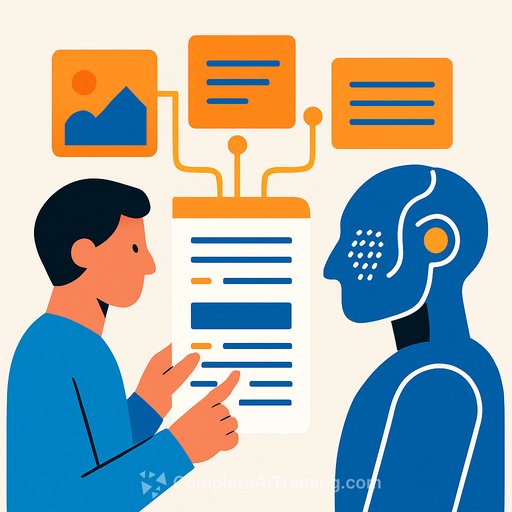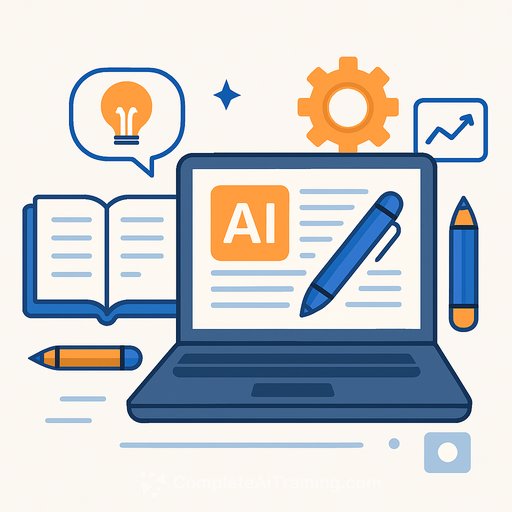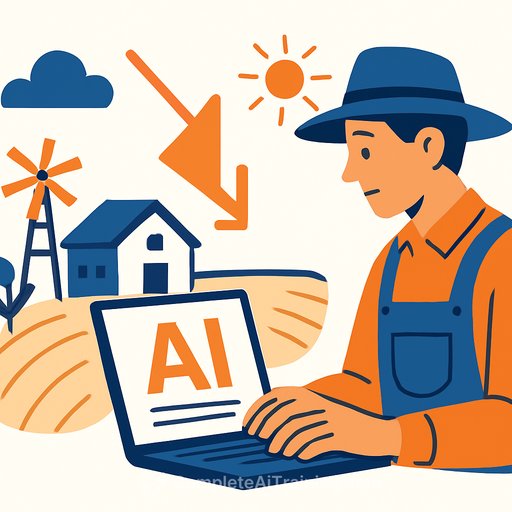The Rise of Context Curation in AI-Driven Workflows
Software development is shifting focus. Developers are spending more time creating detailed documentation rather than just writing code. This change responds to the increasing use of AI tools that depend on high-quality, well-structured information to work properly.
As AI becomes a key part of building and maintaining complex systems, the old advice to "RTFM"—read the friendly manual—takes on a new meaning. Now, AI systems need to "read" and interpret documentation accurately to operate independently and deliver reliable results.
This shift changes how teams manage information. It's not just about writing more docs; it's about designing them carefully. Semantic tagging, markup languages, and organized context folders help AI tools process data with fewer mistakes, allowing developers to focus on creative problem-solving instead of repetitive debugging.
Observations from Industry Insiders
Industry experts note that this change is practical. Developers prioritize documentation because AI tools perform best with clear, structured inputs. Without this, even the most advanced AI models struggle, producing poor outcomes.
Technical writers are evolving into context curators—professionals who build information frameworks that AI can handle smoothly. This involves embedding metadata, organizing content hierarchically, and maintaining semantic accuracy, similar to how database engineers optimize data structures.
Conversations in professional forums highlight how large language models (LLMs) can speed up workflows while acknowledging their limits in creative or subtle tasks. Writers and developers collaborate more closely, using AI to enhance productivity without losing essential human oversight.
Implications for Technical Writing Professionals
For technical writers, this shift brings both new opportunities and challenges. Moving beyond traditional manuals, they play a crucial role in AI integration by curating context that enables autonomous AI-driven solutions.
Writers who develop skills in markup languages, semantic web standards, and AI prompting will become more valuable. Yet, caution is necessary. Poorly curated documentation can cause AI hallucinations or inefficiencies, so writers must balance AI assistance with thorough human review.
Broader Industry Ramifications and Future Outlook
On a larger scale, companies that invest in quality documentation see faster AI adoption and shorter development cycles. Technical writers are beginning to build custom LLM-based tools for tasks like content migration, blurring lines between writing and software development.
This trend encourages teamwork across disciplines, with context curation at the core. Looking forward, demand for skilled curators will grow as AI capabilities improve. Ethical questions also arise: who owns the curated content, and how can biases in AI-fed data be minimized?
For now, technical writers are moving from document producers to guardians of AI knowledge bases. Their work ensures that AI systems operate with accurate, reliable information, driving progress in an age where machine intelligence plays a central role.
Your membership also unlocks:






